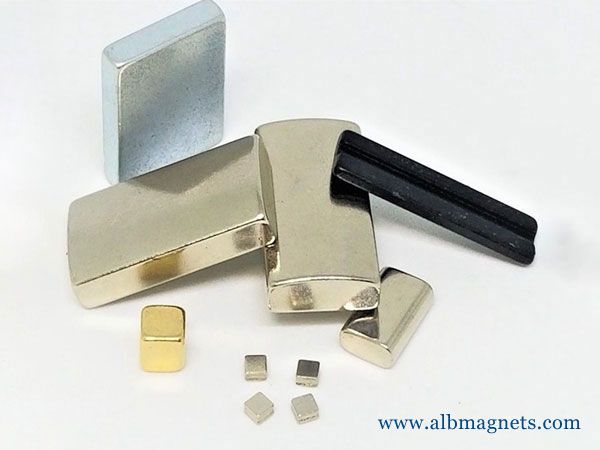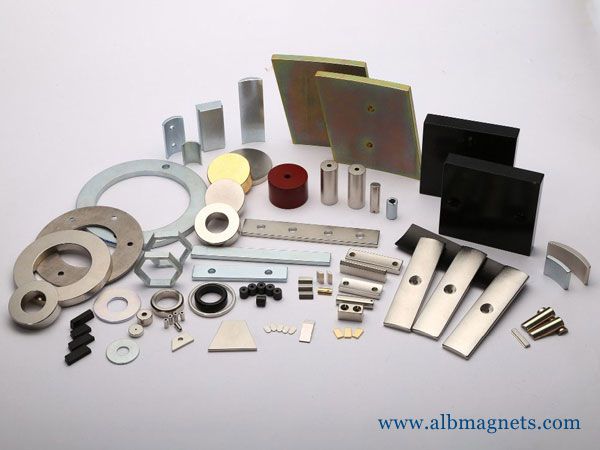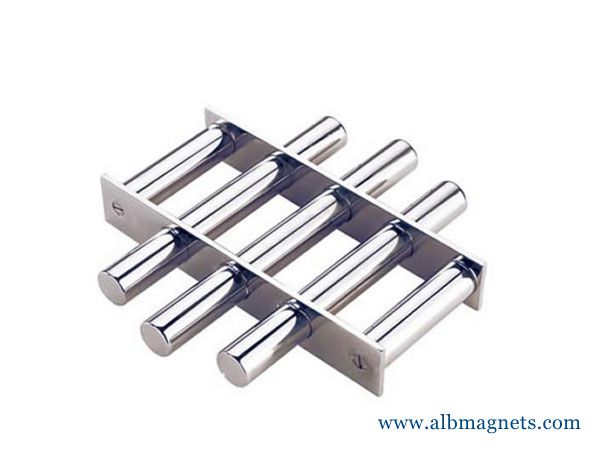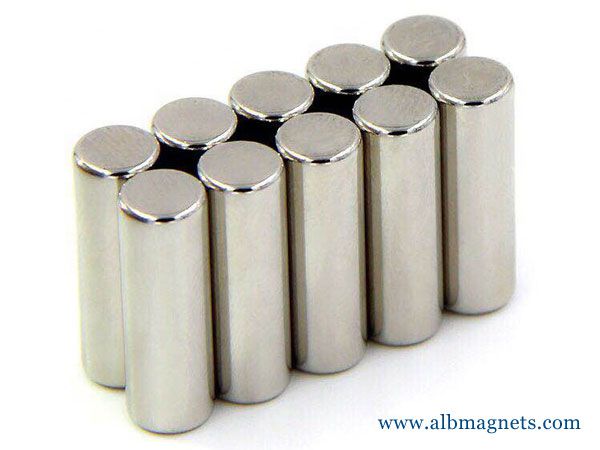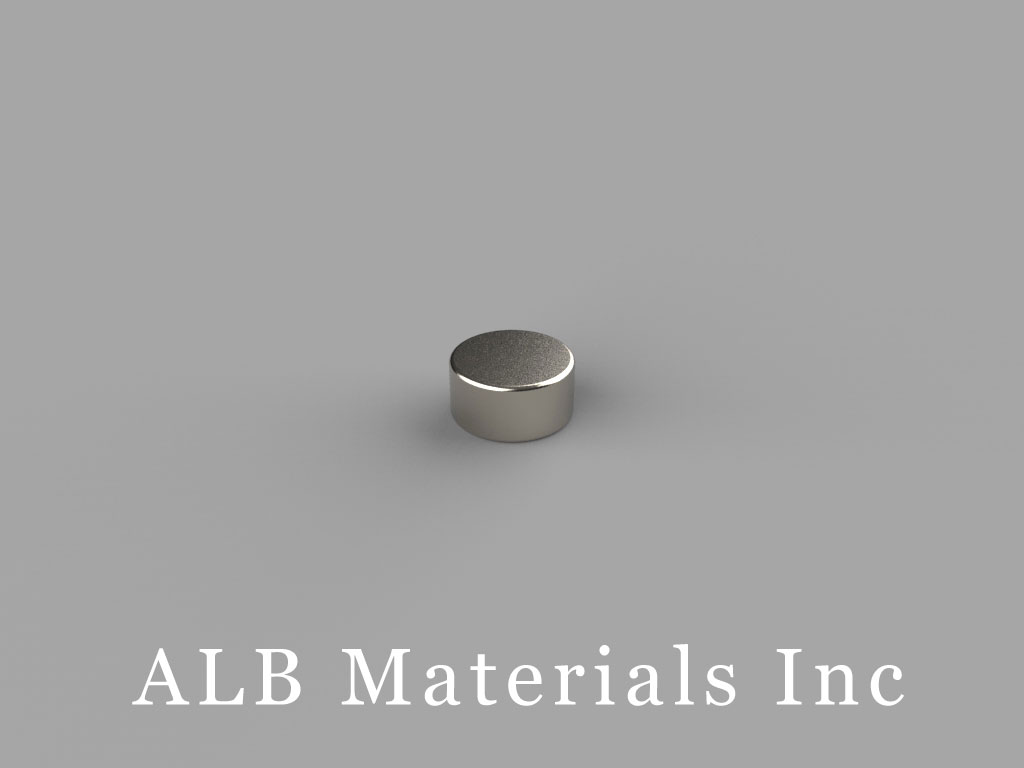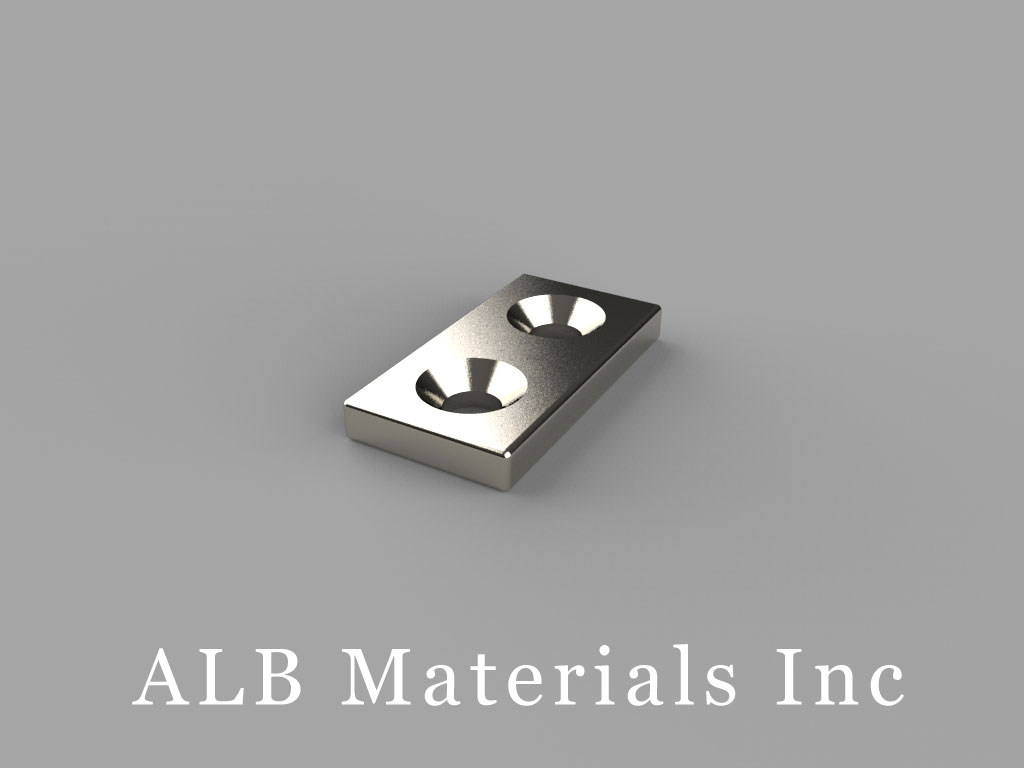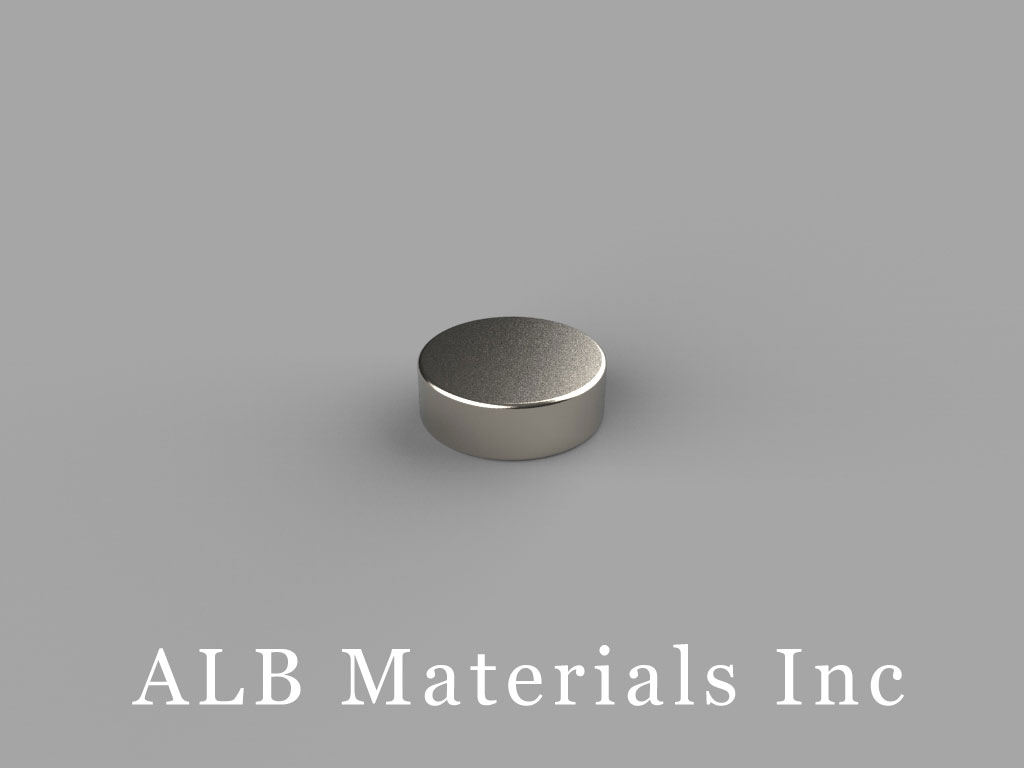401 Ryland St. Ste 200-A,
Reno, NV 89502
United States
E-mail: sales@albmaterials.com
- BEE3 Neodymium Magnets, 7/8 inch x 7/8 inch x 3/16 inch thick
- D-D10H1-N35AD Neodymium Magnet, 10x1mm Disc Magnet
- DDX4 Neodymium Magnets, 13/16 inch dia. x 1 1/4 inch thick
- C-D2H4-N50 Neodymium Magnet, 2x4mm Cylinder Magnet
- B5x3x2mm Neodymium Magnet, 5 x 3 x 2mm Block Magnet
- D5x2.5mm Neodymium Magnet, 5 x 2.5mm Disc Magnet
- NSWC2 Steel Cups and Washers
- BY0Y07 Neodymium Magnets, 2 inch x 2 inch x 7/16 inch thick
- D84PC-RED Plastic Coated Neodymium Magnets
- B25x8x3mm Neodymium Magnet, 25 x 8 x 3mm Block Magnet
- B50x10x10mm Neodymium Magnet, 50 x 10 x 10mm Block Magnet
- B-W1.7H3L5-N50 Neodymium Magnet, 5x1.7x3mm Block Magnet
- MM-B-42 Metric Mounting Magnets
- SD84-OUT Neodymium Magnets, 1/2 inch dia. x 1/4 inch thick with step OUT
- MMS-A-Z0 Standard Mounting Magnets
- Rectangular Permanent Magnetic Chuck
5 Difference Between Bar Magnet And Electromagnet
5 difference between a bar magnet and electromagnet
Permanent magnets
An electron with a spin: A microscopic magnet
Electron spins
In permanent magnets, the B fields are also created through currents.
But these currents are not macroscopic currents, in which charged particles flow in one direction.
They are microscopic electric currents, which, in the case of ferromagnetism, are created through certain electrons rotating around themselves in the material (electron spins).
Electron spin can be viewed as a microscopic small circulating current.
Strengths of permanent and electromagnets
The strength of a magnetic field of an electromagnet depends on the core material, the number of solenoid windings and the intensity of the current.
With a high enough amperage, the electromagnet can develop a significantly stronger magnetic field than a permanent magnet.

The strength of the electromagnet factors
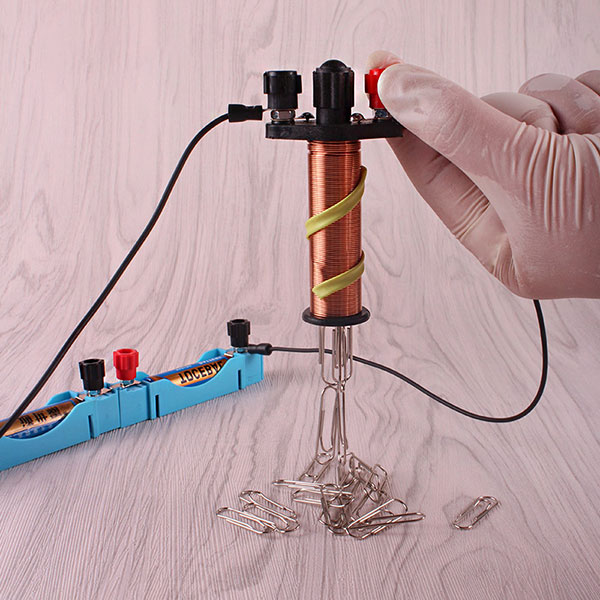
Left: A permanent magnet with field lines
Right: An electromagnet with the power source (left), solenoid (orange) and soft-iron core (middle)
Soft-iron core (grey) with the coil (orange)
Soft-iron core
When it comes to electromagnets, usually a soft-iron core is placed in the coil, which considerably strengthens its magnetic field, because the magnetic field of the coil magnetizes the soft-iron core and, thereby, creates an additional magnet.
The soft-iron core loses its magnetization after the current is turned off.
This is desirable in order to be able to turn the magnet on and off.
Magnetically soft and hard iron
The term magnetically "soft" is based on the fact that mechanically soft iron loses its magnetization, while the mechanically hard iron (steel) that is carbon-enriched keeps part of its magnetization.
This is called remanence.
The Latin word "remanence" means "to remain".
Material with high remanence is referred to as "magnetically hard".
Solenoids with a current flow magnetize also permanent magnets, like our super magnets, which are all made of magnetically hard material.
Electromagnets
A wire with an electric current (charged electrons) produces a magnetic field in its surroundings.
The strength of the magnetic field depends on the intensity of the current and the shape of the wire.
Each wire with a current flow is practically an electromagnet.
The orange arrow indicates the technical direction of the current.
Historically, it is the opposite of the direction of the electrons.
If you bend the wire with the current flow into a circle, it creates a magnetic field with poles.
Therefore, a circulating current creates a magnet with a north and south pole.
In common magnets, the wire is often wound into a multi-layered coil, which is also called a solenoid.
A wire coil with north and south pole
Bar Magnets and Electromagnets
An electromagnet works on the principle that an electric current allows electrons to flow in a circuit.
Bar magnet is a permanent magnet which is always magnetized; Electromagnet is a conductor
Electromagnet Science
Build an Electromagnet
If you have ever played with a really powerful magnet, you have probably noticed one problem.
You have to be pretty strong to separate the magnets again! Today, we have many uses for powerful magnets, but they wouldn’t be any good to us if we were not able to make them release the objects that they attract.
In 1820, a Danish physicist, Hans Christian Oersted, discovered that there was a relationship between electricity and magnetism.
Thanks to Oersted and a few others, by using electricity, we can now make huge magnets.
We can also cause them to release their objects.
Electricity and magnetism are closely related.
The movement of electrons causes both, and every electric current has its own magnetic field.
This magnetic force in electricity can be used to make powerful electromagnets that can be turned on and off with the flick of a switch.
But how do you make an electromagnet?
By simply wrapping wire that has an electrical current running through it around a nail, you can make an electromagnet.
When the electric current moves through a wire, it makes a magnetic field.
If you coil the wire around and around, it will make the magnetic force stronger, but it will still be pretty weak.
Putting a piece of iron or steel inside the coil makes the magnet strong enough to attract objects.
The strength of an electromagnet can be increased by increasing the number of loops of wire around the iron core and by increasing the current or voltage.
You can make a temporary magnet by stroking a piece of iron or steel (such as a needle) along a permanent magnet.
There is another way that uses electricity to make a temporary magnet, called an electromagnet.
Let's build one!
You’ll need: An iron or steel bolt
24 inches of insulated wire
2 D-cell batteries with holders
Alligator clips or tape to hold the wire connections together
Some paper clips or other magnetic items
A journal or paper to take notes and respond to questions
Directions:
1. Wrap the wire in a tight, even coil around the bolt.
Leave 3 or 4 inches of wire loose at each end.
Keep wrapping the wire until you get to the end of the bolt.
There may be as many as 3 or 4 layers of wire all the way up and down the bolt.
Your electromagnet should look something like this:
2. Attach one end of the wire to the positive (+) end of one of your batteries.
Attach the other end of the wire to the negative end (-) of your battery pack.
3. Try to pick up one of the paper clips with your electromagnet.
What happens? Now, unhook one of the wires from the battery.
Will your electromagnet pick up a paper clip now? What do you need flowing through the wire to make the iron bolt act like a magnet?
4. How many paper clips will your electromagnet hold? Can you hang clips on both ends of the bolt? Why?
5. How can you make your electromagnet stronger? Try adding more batteries to your battery pack.
Make sure all the batteries “face” the same direction in the circuit.
Now, how many paper clips will your electromagnet hold?
6. How is the strength of the electromagnet affected by the increase in electricity traveling through the wire?
7. After using the electromagnet, remove the iron nail or bolt.
Can the nail still pick things up? How many paper clips or staples can it pick up? Try dropping the nail or bolt a couple of times on the floor.
How does this affect whether or not you can pick up any paper clips or staples? How many paper clips or staples can the nail or bolt pick up after being dropped?
Be sure to disconnect your electromagnet when it is not in use.
Leaving the wires connected will drain your battery.
The key difference between bar magnet and electromagnet is that the bar magnet has a permanent magnetic field whereas the electromagnet has a temporary magnetic field.
A magnet is a material that can produce a magnetic field.
The magnetic field is invisible.
But, it can produce a force that pulls on other ferromagnetic materials such as iron.
Also, it can either attract or repel other magnets.
Furthermore, there are two major types of magnets as permanent and temporary magnets.
A bar magnet is a good example of a permanent magnet whereas an electromagnet is an example of a temporary one.
What is a Bar Magnet?
A bar magnet is a permanent magnet that can create its own persistent magnetic field.
The lines of the magnetic field of this magnet form closed lines.
Above all, the field direction is outward from the north pole and goes into the south pole of the magnet.
Ferromagnetic materials can be used to make bar magnets.
A Bar Magnet
The magnetic field is strongest inside the magnet.
When considering the external magnetic field, the strongest is near the poles.
The north pole of one magnet can attract the south pole of another magnet.
However, the north pole repels the north pole of another magnet and vice versa.
We can easily trace out the magnetic field lines of these magnets using a compass.
The needle of the compass rotates until it lines up with the magnetic field lines of the magnet.
What is an Electromagnet?
An electromagnet is a type of temporary magnet that can produce a magnetic field in the presence of an electric current.
It is temporary because the magnetic field disappears when we turn off the electric current.
Also, these magnets typically contain a wire wound to into a coil.
Here, the current that passes through the wire creates a magnetic field.
An Electromagnet
And, this magnetic field is concentrated in the hole in the center of the wound coil.
Often, the coil is wound surrounding a magnetic core.
Also, this magnetic core is a ferromagnetic material.
Therefore, it can produce a strong magnetic field.
The main advantage of this type of magnets is that we can quickly change the magnetic field by controlling the electric current that passes through the wire.
However, one disadvantage is that this needs a continuous power supply to maintain the magnetic field.
What is the Difference Between Bar Magnet and Electromagnet?
A bar magnet is a permanent magnet that can create its own persistent magnetic field whereas an electromagnet is a type of temporary magnet that can produce a magnetic field in the presence of an electric current.
Therefore, the key difference between bar magnet and electromagnet is that the bar magnet has a permanent magnetic field whereas electromagnets have a temporary magnetic field.
Furthermore, we cannot change the magnetic field of a bar magnet quickly as we wish but with electromagnets, it is possible by controlling the electric current that passes through the wire.
So, this also a difference between the bar magnet and electromagnet.
Moreover, we can use a bar magnet as it is but the electromagnets always need a power supply to create the magnetic field.
Further facts about the difference between bar magnet and electromagnet is shown in the below infographic.
Summary – Bar Magnet vs Electromagnet
Both bar magnets and electromagnets are common types of magnets that can attract or repel things.
The key difference between bar magnet and electromagnet is that the bar magnet has a permanent magnetic field whereas the electromagnet has a temporary magnetic field.
Difference Between Electromagnet and Permanent Magnet
Electromagnet
The magnetic properties are displayed when current is passed through it
Magnetic properties exist when the material is magnetized
The strength is adjusted depending upon the amount of flow of current
The strength depends upon the nature of the material used in its creation
Removal of magnetic properties is temporary
Once magnetic properties is lost, it becomes useless
It requires a continuous supply of electricity to maintain its magnetic field.
It doesn’t require a continuous supply of electricity to maintain its magnetic field
It is usually made of soft materials
It is usually made of hard materials
The poles of this kind of magnet can be altered with the flow of current
The poles of this kind of magnet cannot be changed.
These were some difference between the electromagnet and permanent magnet.
Part of the content in this article is reproduced from other media for the purpose of transmitting more information and does not mean that this website agrees with its views or confirms the authenticity of its content. It shall not bear direct responsibility and joint liability for the infringement of such works.
If there is any infringement, bad information, error correction, and other issues in the content of this page, please contact us at info@albmaterials.com
Link to this article: https://www.albmagnets.com/blog/5-difference-between-bar-magnet-and-electromagnet.html
How to choose and buy a strong neodymium magnet? ALBMagnets is a professional company for strong magnet design and manufacturing,
providing you with reliable N35, N38, N42, N52, N42SH and other grade super neodymium magnets and SmCo rare earth magnets.




